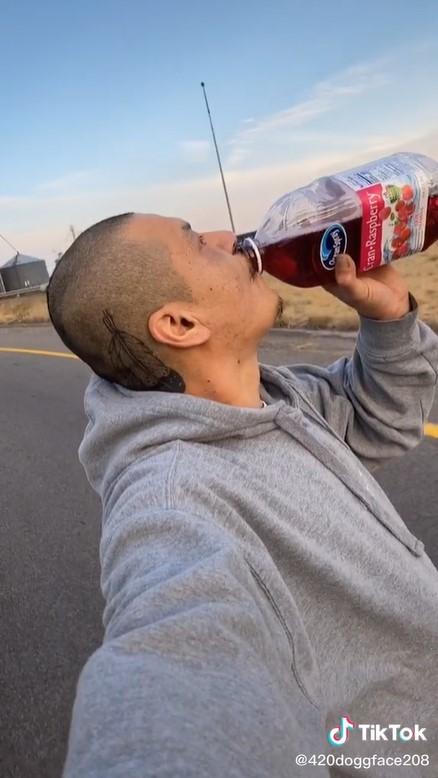Online MBA Alum Explains the Ocean Spray TikTok Phenomenon
May 5, 2021

The post-Nathan Era, she explained, began on September 25, following a video post on TikTok by 38-year-old Nathan Apodaca. With Fleetwood Mac in the background, the post captured him hitting on a bottle of Ocean Spray Cran-Raspberry while longboarding to work. By the end of the month, the post had generated 37 million views and 800,000+ likes, propelling high-profiles for Nathan and Ocean Spray.
“It transformed our brand overnight,” observed DiBiasio, whose focus at Ocean Spray has been social media marketing since she joined the company in 2011. “Before Nathan, our messaging targeted women over 45. Since September, we have focused on younger consumers, 18 to 34.” That, she told the students, includes an uptick in male followers. Before Nathan, she continued, Ocean Spray’s focus had been Facebook, with supporting excursions into Twitter and Instagram. Today, Facebook and Twitter still have a presence, but Instagram and TikTok rule.
Before September 25, content had been uniform across all channels; today, Ocean Spray adapts it to each platform. In a nutshell, marketing has morphed from a traditional product focus to what DiBiasio calls “consumer-centric.” That has been a game-changer. Engagement rates on Instagram have soared 750 percent. And sales are up both for Cran-Raspberry and among other Ocean Spray beverages.

Social media, DiBiasio emphasized, is a fantastic incubator for new ideas. It’s a low-cost, low-risk way to see what does and doesn’t work. To that end, recent innovations on the company’s social media include New Years and Superbowl messages from Nathan, and The Weekly Harvest, a post on Instagram that curates distinctive user-generated content about Ocean Spray® products. In the spring, the company is debuting a Grower of the Month feature.
With that said, DiBiasio insisted that social media marketers must have buy-in from “leadership.” In that, the company’s new CEO, Tom Hayes, has been exceedingly supportive. “Of course, you don’t want to be wrong, but risk in some degree makes you more nimble,” she told the students. Shifting one’s business and cultural perspective—having to stretch—she continued, has been her greatest challenge.
Still, Ocean Spray, since its founding in 1930, remains a producer/grower cooperative for 700 families. “We are not a corporate brand; our role is to support those families, not Wall Street,” she emphasized. Ocean Spray, then, possesses a unique hybrid, a unique dynamic. “We got lucky. A lot of things lined up for us,” she confessed. “Without that, our transformation would have taken years.”